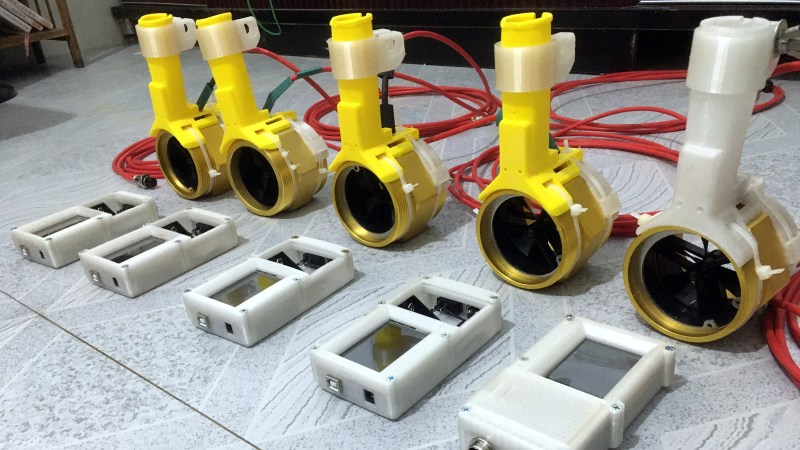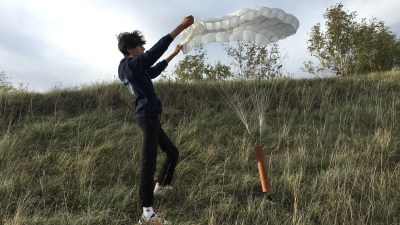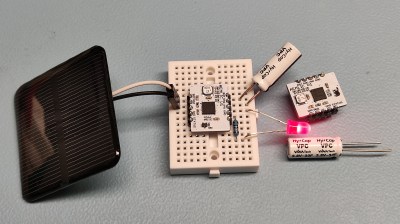Winners have just been announced for Hackaday’s Earth Day Challenge. We were on the lookout for projects that raise awareness of environmental issues and are happy to celebrate three top winners. Each have won a $200 shopping spree from Digi-Key who sponsored this contest.
Pictured above is the Open Flow Meter by [Eben]. The build includes sensors that are submerged into a river or stream to gauge the speed at which the water is moving. It uses a commodity plumbing flow volume sensor to help reduce costs, adding an Arduino and touch screen for reading the sensors and providing a UI to the user.
High-altitude balloons are used for air quality and weather sensing. To make those sensor packages more reusable, [Hadji Yohan] has been working on a parachute recovery system that automatically returns to a set GPS point. It’s a parafoil with auto-pilot!
Power harvesting is a fascinating and tricky game. To help ease the transition away from batteries, [Jasper Sikken] developed a solar harvesting module that charges a Lithium Ion Capacitor (LIC) from a very small solar panel. Based around a 100 uF 30 F capacitor, it uses an AEM10941 energy harvesting chip which includes Maximum Power Point Tracking (MPPT) to utilize the solar panel as efficiently as possible. The fully charged module can output regulated 2.2 V and is aimed at distributed sensor packages that can be run without any battery at all.
Congratulations to these three top finishers, as well as the b-parasite capacitive soil moisture sensor which was named as a runner up in the contest. There were 72 entries in this challenge so don’t forget to take a look at the entire field, and leave a comment on the ones that catch your eye to let them know we all love seeing details of great builds!



















Whoops -the capacitor used is an astounding 100 Farads! Your account (somewhat understandably !) says a more normal 100 uF…
Yeah, the capacitor in the picture is not 100uF but 30F.
D’oh, sorry about that. I fixed it with strikethrough. Thanks!
First paragraph in the link, switched a couple letters in ‘Hackaday’ :)
Looks like Tom snuck in a fixed that one. Thanks!
I love the idea of the auto return payload for a high altitude balloon. Having to drive long distances to locate your parcel in someone’s field or a river etc could be a bit of a show stopper for a high altitude balloon project. I would much prefer sipping a cup of tea and waiting for it to come right back to me.
What are the pros and cons of parachute vs foam plane?
Hi Tom! Thanks for your interest!
The main advantage is that the whole wing and system can fits in a very small tube during ascent, this can help to reduce drag induced by a foam plane which could lead to even greater shift on the way up. Also according to some regulations, the flexible wing can be considered as a drag device and not a flying device.
Another advantage is that a parachute is naturally stable in flight, which means that it does not require a very complex autopilot that ensures its stabilization to prevent it from falling into a spin and crashing into the ground, this is also a good “failsafe”
The main disadvantage is when you will need to fly into strong wind, an airplane will perform much better in these conditions, since with its thinner shape it will have much less “induced drag”. (VS the lines of the parachute producing a ton of drag)
For more details feel free to check out the hackaday.io page of the project https://hackaday.io/project/176621-r2home
Thanks for the reply Yohan. Keep up the great work!
I was trying to hold on so hard but sadly the situation got the better of me but not to worry: conductivity increased out of sight.
That is a plumbus!